Anyone planning landscape design these days is spoiled for choice when it comes to both rocks and stones. Whether you need decorative garden rocks, structural materials, or a combination of the two, you’ll find many options for your project. With the wide variety of materials, finishes, and sizes, you are almost certain to find the perfect rocks for your project.
How much are landscaping rocks going to cost? How do you choose from all the options? The first step: define the style you are going for and clearly identify your needs. After determining your vision and budget, as well as the functional and structural needs of your project, you will be able to determine which options are right for you.
Once you fully understand the vision you have in mind for your landscaping project — and which types of landscaping stone and materials fit your criteria — choosing the best landscaping rocks can be a lot simpler than it first seems. So let’s get started.
Incorporating Landscaping Rocks with More Colors and Sizes
When first seeing how many landscaping material options are out there, it’s easy to get overwhelmed with the variety of colors, sizes, and other options. But incorporating the right combination of decorative garden stones and structural stone features (such as retaining walls) can really help your landscape design stand out.
At Minick Materials, we get our rock from the best sources, and we have colors and types of decorative stone you won’t find anywhere else. We can also make a crushed rock to any size you desire. But how much are rocks for landscaping going to cost you? Just remember the old laws of the market: the more specific your requirements are, the higher prices are likely to be.
Mixing up smaller, colored landscape rocks and decorative boulders can be a great option, but you need to know what direction your overall design will take first. You also need to ask how much are large landscaping rocks going to cost versus smaller ones. Then, you can know which decorative options are a priority for your outdoor decor and which can be swapped out for more budget-friendly alternatives.
First, Consider What's Trendy in Landscape Stone vs What You Want
Looking at existing designs and best-selling decorative landscaping rocks can inspire your next design by helping you discover the design elements you like best. But it’s important to figure out what design features will stand the test of time — which can be a matter of personal taste.
Overall, adding to landscape design with rocks for outdoor spaces is more than a trend — it is an environmentally friendly, cost-effective, beautiful way to enhance your spaces. However, what architects and designers are doing with decorative stones can change over time. Recent designs can inspire you and provide you with a good starting point while giving insight into what elements may go out of style in the near future.
Learn about the five decorative rock trends to watch to discover more about recent landscape stone trends to inspire your design process.
Decorative Stone for Traditional Design
If you favor the traditional style, try utilizing types of rocks and stones that will flatter and compliment your spaces, such as clean river rocks and Aztec stones. These types of rock come in more traditional shades of brown, and their slight color variation makes them blend in beautifully.
So while this can be a more safe approach, especially for older properties in more established areas, there’s nothing monotone about them. More traditional design projects can still incorporate a variety in terms of rock sizes, as mixing large landscaping rocks with pebbles and gravel can add interesting texture and contrast without clashing with your design vision.
Decorative Stone for Modern Design
For those who prefer to be at the forefront of design trends, our recommendation would be crushed white marble chips — it is simply gorgeous, luminous, and really in style right now.
Forget about lava rock, which had its day in the 70s and 80s, and think of Salida river rock instead, or anything else in whites, grays, and solid colors.
A really hot trend right now is using two contrasting kinds of rocks to outline a pathway — choose from Salida, granite, Desert Gold, or any of our beautiful gravel options, and place two complementary colors side by side for a very modern look.
Looking for a Timeless Design?
Trends are fun, but you might be looking to do a decorative rock installation that won't go out of style in two years or the age of the property you’re working on. If that is the case, let us advise you — we have been in this business since 1958, and there are many types of rocks that stay at the top of our best-selling list decade after decade. For a timeless design, you might want to consider crushed granites, Aztec, naturally-colored river pebbles and what we call “natural” colors, which are a warm, hearty blend of tans and browns.
Design Planning with Landscaping Rocks
Once you have an overall design or theme in mind for your stone landscaping work, you can start to break down the design process into discrete projects. Not only can that help solidify your design plans, but this approach can also prioritize your spending so you can stay on budget while achieving your desired look.
Let’s go over several popular projects in more detail.
Stone for Walkways, Paths, and Stepping Stones
A garden path made with stepping stones is natural and soothing, and it engages all the senses. There are many natural stones that are suitable for this purpose, with slate being one of the most popular. Using large, flat stones instead of concrete pavers or paths creates a beautiful, layered look in your garden.
Conversely, you can use large, irregularly shaped rocks to delineate where you don’t want foot traffic and to discourage pets from walking in certain areas.
Smaller rocks, such as beach pebbles, are ideal to create gravel walks — the crunch under your feet when you walk on them is incredibly satisfying, and they are gentle for dog paws. If you like the look of larger paver stones, you can always use gravel or small crushed rock between them as a sort of grout.
Rock as Mulch Ground Cover
Bark mulch and chipped wood are the most traditional mulch and ground cover materials, and they are beautiful and good for your plants. However, if you’re an experienced gardener you probably know that landscape architects recommend replacing wood mulch twice a year: mulch discolors, decays and disintegrates with time and rain. While some of that natural decay is desirable, after a while it looks untidy and can put your plants at risk of disease.
Enter stone mulch: a permanent ground cover solution that will not fade or change with time and never needs to be replaced. In the long run, this makes for great savings, both in terms of money and effort. If you’re using landscaping stone as ground cover, keep the use in mind when you choose the size:
- Large rocks are better for drainage, and to add weight to your flower beds, however, they do limit the kind of plants you can use. If you choose gardening with large stone mulch, stick to plants with tall, strong stems.
- Small rocks are better for compaction and weed control, and they allow more flexibility when planting. Just remember they may slow drainage and cause your soil to retain moisture.
Stone for Fire Pits
The fire pit has made a comeback, and now they are sleeker and more convenient than ever before. If you have an outdoor space, you can have a fire pit!
You don’t have to go all-out with a built-in gas-fueled fire pit, although it would certainly be nice. There are many trendy DIY tutorials online, showing how to make a stylish fire pit with as little as river rocks and a can of chafing gel.
Since they are totally fire-safe, landscaping rocks are a great option to keep your fire pit stable, secure, and ready for happy hour. Go ahead and make a fire pit the focal point of your patio or terrace!
Rock for Garden Ponds
Water features bring gardens to life, providing motion, sound, and a sense of serenity to your outdoor space. River stones are naturally suited to water features, and their colors look vibrant when they are underwater. Use them to line the bottom of your ponds or creeks, or to create a small fountain or waterfall features.
We have seen minimalist DIY fountains in which water just pours out of a hole in the middle of a large river stone for a mesmerizing effect. You can also place river rocks under a trickle of falling water, and enjoy the soothing sounds they make.
How Much Rock for Landscaping Projects is Needed?
Different projects call not only for different types of rock, but for different amounts. The volume you need varies not only by the area you need to cover, but by the types of rocks you use and how you use them. Luckily, we have a volume calculator you can use to determine how much you need for your project.
Rock for Other Decorative Purposes
As a nationwide seller of decorative rock, we’re always fascinated by how different types of rock are more popular in certain locations than others. That said, we have some all-stars like Salida, black Mexican beach pebbles, and desert gold, which are popular nationwide for their beauty and versatility.
Gravel Crushed Rock
Not everybody knows that gravel and crushed rock are man-made, so they can be made to measure to whatever size or dimensions you require. We have many colors available, some are even exclusive to us! A very popular crushed rock is Desert Gold — it looks great on driveways and as a ground cover. Pea gravel can also be a great option for high-traffic walkways.
Cobblestones
Nothing beats the feel of cobblestone for a traditional or antique-looking path or driveway, and we have many styles for you to choose from. The most popular among them are multicolor, Salida, and Washita — whether you prefer warm or cool tones, darker or lighter stone, we have it.
River Rock
An absolute classic, river rock comes in tones ranging from golden to bluish. With a wide range of sizes and uses, you cannot go wrong with river rock for contemporary, minimalist, or more natural styles. Clean river rock is the one we sell the most of, because of its natural beauty.
Decorative Rock Near You
Minick Materials has been providing America with sand, rock, soil, and other landscaping materials for generations. We strive to help all our customers get the customer service and materials they need and staff the industry experts to support your success.
Whether you’re a design professional or a DIY-er, contact us online or give us a call at one of our Oklahoma locations to talk about your landscaping projects, and remember: we ship nationwide.
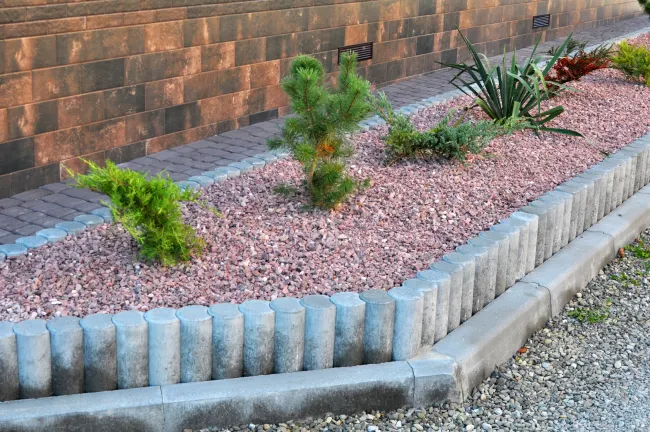

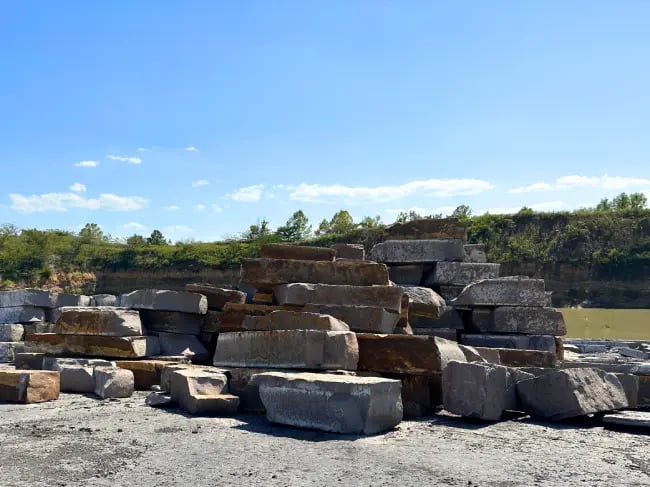
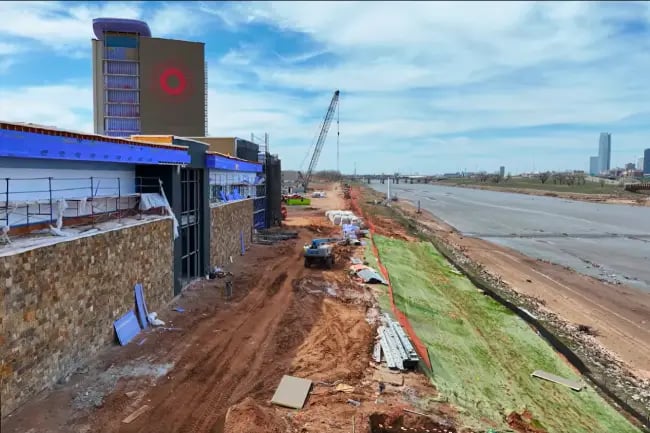

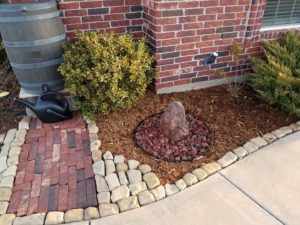
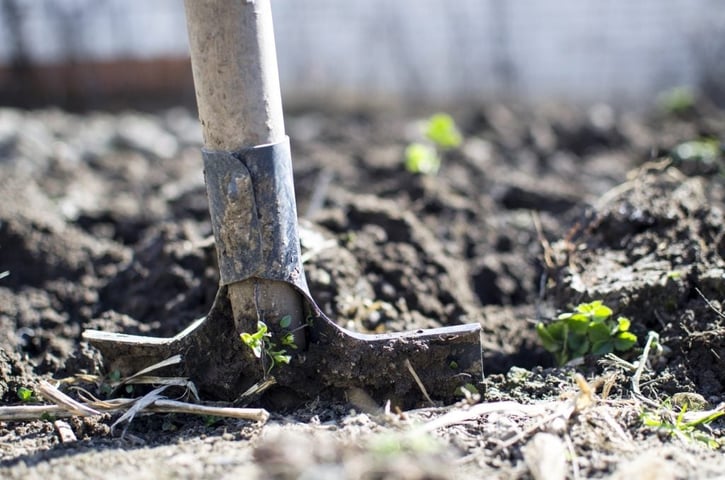

![All About Soil Compaction: Causes, Challenges & Solutions [A Guide]](https://4445234.fs1.hubspotusercontent-na1.net/hub/4445234/hubfs/Imported_Blog_Media/plants-2411458_1920-1024x683.jpg?width=725&name=plants-2411458_1920-1024x683.jpg)